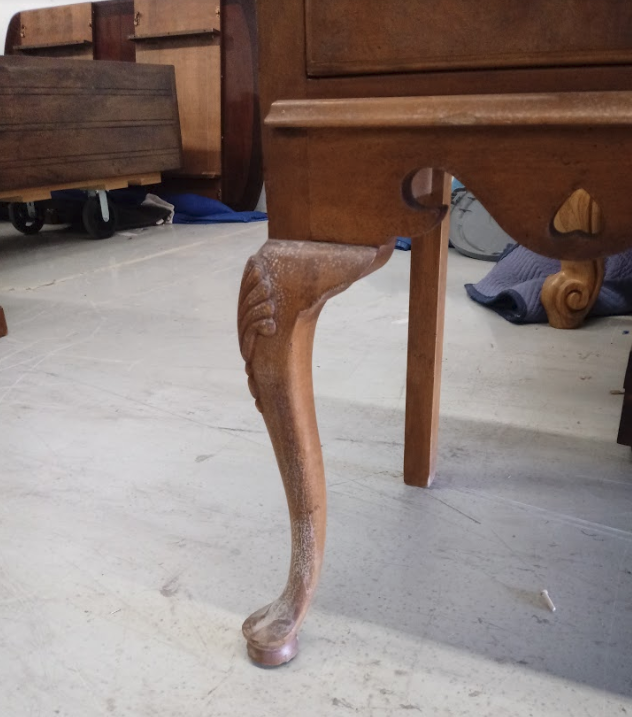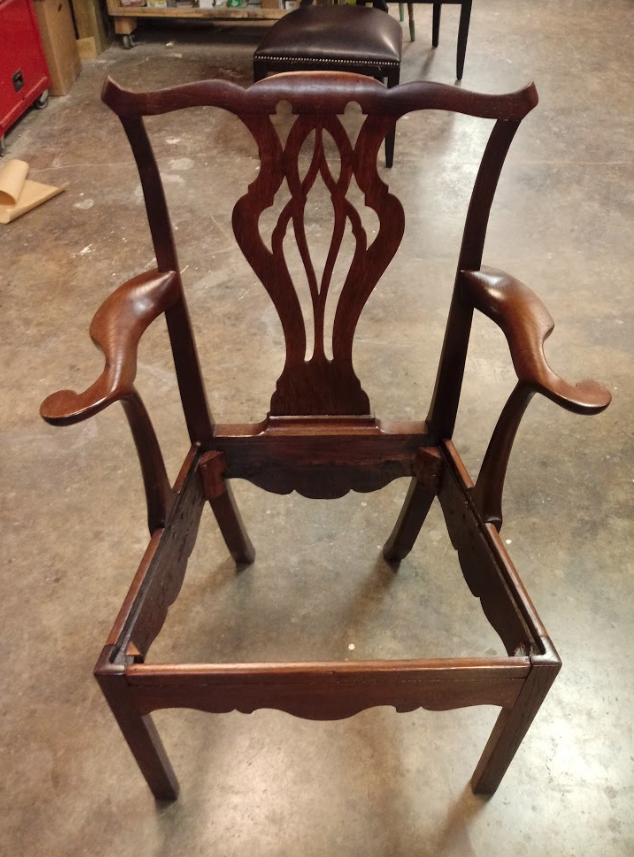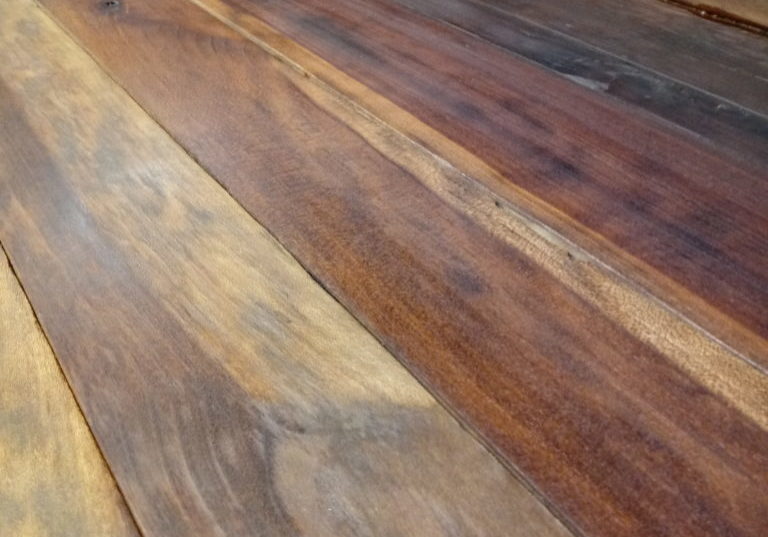5 Furniture Leg Styles You Need to Know
Not only are furniture leg styles an integral part of the overall aesthetic and functionality of a chair or table, but different furniture leg styles can also be used to identify and date antique pieces from many eras. Furniture legs provide clues as to the manufacture date, especially when used in conjunction with foot styles. Knowing your furniture leg styles allows you to better identify a chair or table’s time period and create an eclectic mix of furnishings for your home. Learn about some popular antique leg styles from Europe and the United States from over the last few hundred years.
Cabriole Leg
 Popular in the first half of the 1700s, cabriole legs feature a knee curving outward and an ankle curving inward, ending in a decorative foot. You’ll find cabriole-style furniture legs in Queen Anne and Chippendale furniture, along with reproductions of these pieces. In Queen Anne pieces, you’ll often find pad feet at the end, while Chippendale furniture often ends in a grand ball and claw foot.
Popular in the first half of the 1700s, cabriole legs feature a knee curving outward and an ankle curving inward, ending in a decorative foot. You’ll find cabriole-style furniture legs in Queen Anne and Chippendale furniture, along with reproductions of these pieces. In Queen Anne pieces, you’ll often find pad feet at the end, while Chippendale furniture often ends in a grand ball and claw foot.
Saber Leg
 This style looks exactly like it sounds. It’s a splayed leg that flares out in a concave shape somewhat like a curved sword. There are several variants, including round or squared, and some taper off. Different saber furniture leg styles have been found on furniture dating back to Ancient Greece, but made a comeback in 18th century Sheraton furniture.
This style looks exactly like it sounds. It’s a splayed leg that flares out in a concave shape somewhat like a curved sword. There are several variants, including round or squared, and some taper off. Different saber furniture leg styles have been found on furniture dating back to Ancient Greece, but made a comeback in 18th century Sheraton furniture.
Fluted Leg (e.g. Hepplewhite)
 Modeled after Greek columns, fluted legs are a series of rounded channels or grooves carved into a straight leg. You’ll find fluted antique furniture leg styles in Neoclassical styles of the 18th century, including Hepplewhite.
Modeled after Greek columns, fluted legs are a series of rounded channels or grooves carved into a straight leg. You’ll find fluted antique furniture leg styles in Neoclassical styles of the 18th century, including Hepplewhite.
Spiral Leg
 One of the older styles of furniture legs somewhat looks like a twisted rope. Some think it originated in India and traveled throughout Europe in the 17th century. You’ll find it in William and Mary and Restoration furniture, and later in Empire and Federal pieces. It seems to never go out of style for too long.
One of the older styles of furniture legs somewhat looks like a twisted rope. Some think it originated in India and traveled throughout Europe in the 17th century. You’ll find it in William and Mary and Restoration furniture, and later in Empire and Federal pieces. It seems to never go out of style for too long.
Marlborough Leg
 A somewhat plain furniture leg style, the Marlborough leg is square, straight, and substantial, but can have intricate carvings. Some end in a block foot while others are footless. You’ll find Marlborough legs in later 18th century Chippendale furniture, including tables and sofas.
A somewhat plain furniture leg style, the Marlborough leg is square, straight, and substantial, but can have intricate carvings. Some end in a block foot while others are footless. You’ll find Marlborough legs in later 18th century Chippendale furniture, including tables and sofas.
Learn More About Different Furniture Leg Styles
Aaron’s Touch Up and Restoration knows all about antique furniture. If you want to learn more about your furniture’s leg styles or start a restoration, schedule a consultation with our expert refinishers today.



